Disclosure: Joyfully Domestic may earn a commission for purchases made after clicking links on this page. View our disclosure policy for details.
In recent years, more Catholic homeschoolers are rediscovering two powerful streams of classical education: the Poetic Mode of Education (often associated with John Senior and the Integrated Humanities Program) and the philosophy of Charlotte Mason.
Though they arise from different contexts and traditions, both approaches treasure wonder, beauty, and the formation of the whole person. But how are they different? And can they be combined in a Catholic homeschool?
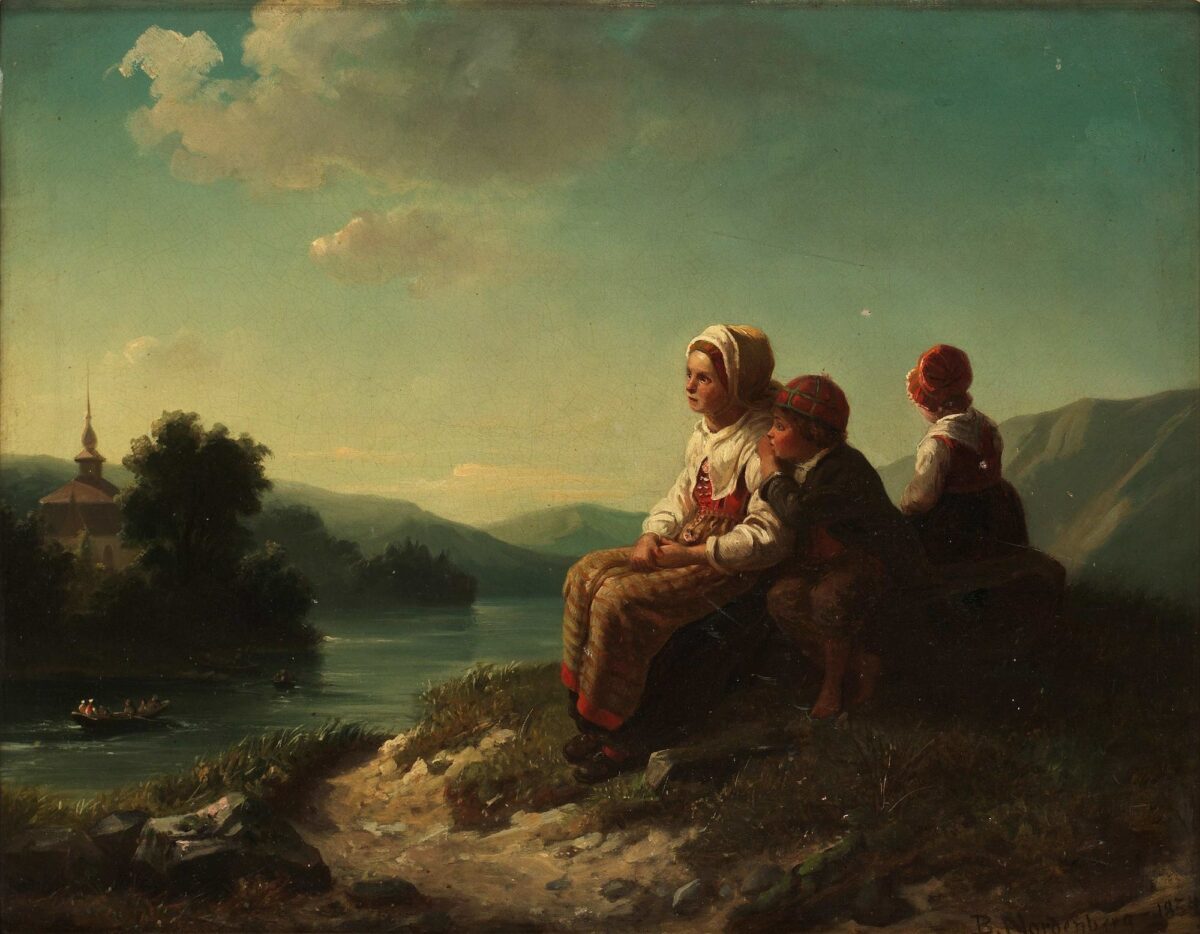
John Senior and Charlotte Mason
I wrote a bit about what the poetic mode of education is here and there were a few questions that I received. So I decided to write a bit more on the topic to clarify a few things.
First off, I believe that the Charlotte Mason method is very similar to John Senior’s, with just a few slight differences. Also, a mother teacher can teach in the poetic mode while using Charlotte Mason, but it isn’t explicitly taught in most of the modern CM curriculums. You really have to dig deep into her volumes to find her mentions of poetic learning.
“Our Beauty Sense. — There is another region open to Intellect, of very great beauty and delight. He must needs have Imagination with him to travel there, but still more must he have that companion of the nice ear and eye, who enabled him to recognise music and beauty in words and their arrangement. The aesthetic Sense, in truth, holds the key of this palace of delights. There are few joys in life greater and more constant than our joy in Beauty, though it is almost impossible to put into words what Beauty consists in; colour, form, proportion, harmony — these are some of its elements. Words give some idea of these things, and therefore some idea of Beauty, and that is why it is only through our Beauty Sense that we can take full pleasure in Literature.”
Charlotte Mason, Ourselves, book 1, p. 41
We’ve used Charlotte Mason’s method for many years of our homeschool life. And I still do combine some of her principles in our home.
However, the poetic mode is what I found to be missing for us. I also find John Senior’s writings paired with the teachings of St. Augustine and St. Thomas Aquinas to be more of what we’ve been looking for in our Catholic home.
Related: An Education in Wonder + Changes to Our Homeschool
“For the evil is, that children get their knowledge of natural history, like all their knowledge, at second hand. They are so sated with wonders, that nothing surprises them; and they are so little used to see for themselves, that nothing interests them. The cure for this blasécondition is, to let them alone for a bit, and then begin on new lines. Poor children, it is no fault of theirs if they are not as they were meant to be––curious eager little souls, all agog to explore so much of this wonderful world as they can get at, as quite their first business in life.“
Charlotte Mason, Home Education, p 61
What Is the Poetic Mode of Education?
Rooted in the classical teachings of St. Thomas Aquinas and St. Augustine. These teachings were brought back to the minds of us moderns through the work of Dr. John Senior and his colleagues, Dr. Frank Nelick, and Dr. Dennis Quinn.
Professors Senior, Nelick, and Quinn created the Integrated Humanities Program (IHP) at the University of Kansas to form their students through an education in wonder. Later on, John Senior wrote about poetic knowledge and shared his 1000 Good Books list as a preparation for the Great Books.
The Poetic Mode of Education is about awakening the soul through wonder. It begins not with rational analysis, but with what Senior called “poetic knowledge” — a pre-rational, experiential way of knowing rooted in the senses, memory, and imagination.
Key features of the Poetic Mode and the IHP include:
- A strong emphasis on real experiences—nature, music, manual work, and art
- Reading formative literature from the “1000 Good Books” before diving into the Great Books
- A lifestyle that encourages silence, contemplation, and receptivity
- Education as a preparation for the liturgy, for truth in Christ — and ultimately towards union with God
“Thou hast made us for Thyself, O Lord, and our hearts are restless until they rest in Thee.”
St. Augustine

What Is Charlotte Mason’s Educational Philosophy?
Charlotte Mason was a 19th-century Anglican educator whose insights remain surprisingly modern. She saw education as “an atmosphere, a discipline, a life,” and emphasized the development of good habits, living ideas, and a rich exposure to beauty.
Key features of Charlotte Mason’s method:
- Use of “living books” — well-written books that spark imagination and convey noble ideas
- Narration as a central method of learning and retention
- Short, focused lessons to encourage attention
- Nature study and outdoor time to cultivate reverence and observation
- Formation of virtue through habit training
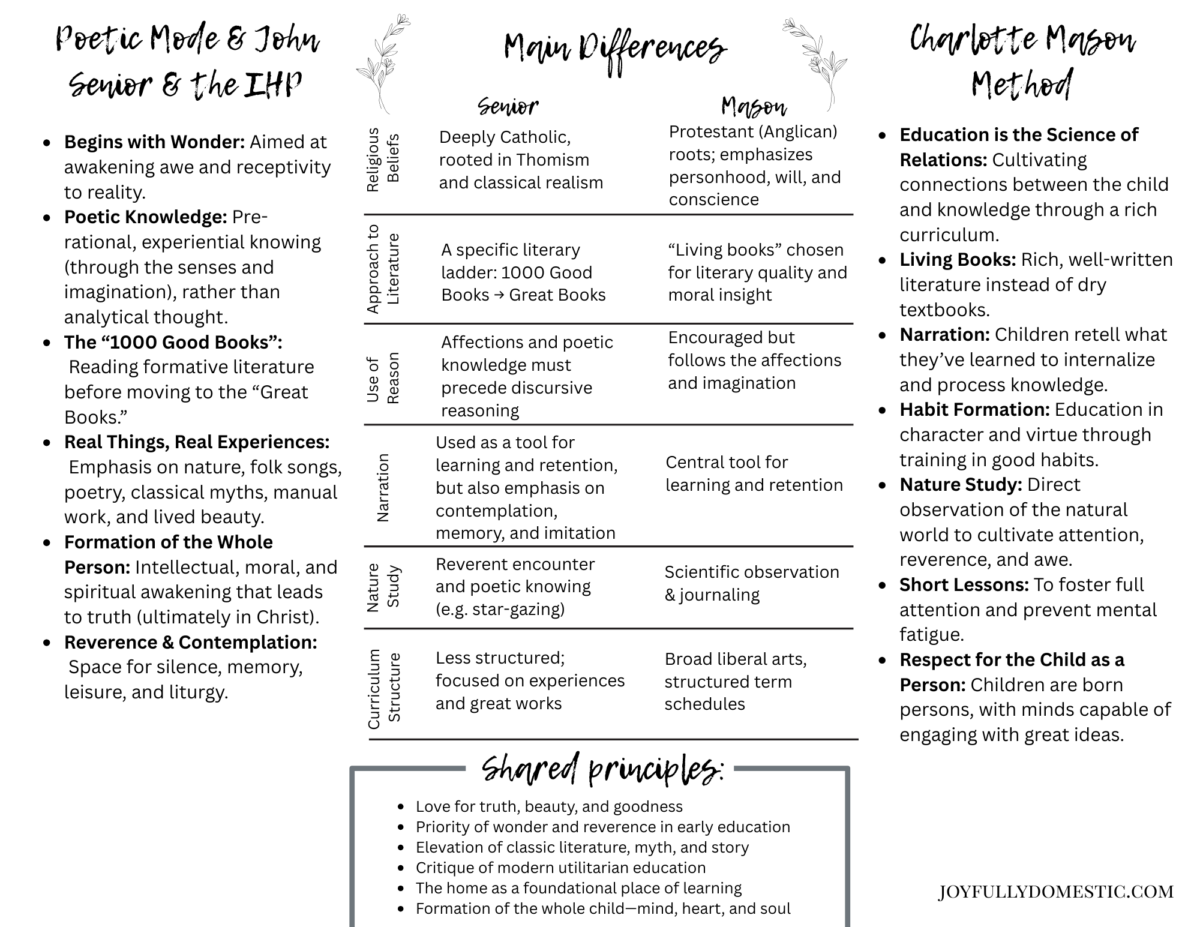
Shared Foundations
Despite their differences, both philosophies:
- Begin with wonder and reverence
- Value the imagination and moral formation
- Prioritize beauty, goodness, and truth
- Encourage a slow, thoughtful pace
- Seek to form not just scholars, but saints

How to Combine Them in a Catholic Homeschool
Blending Charlotte Mason and the Poetic Mode can bring out the best of both worlds. We have been using The Children’s Tradition for the base of our curriculum — which is based off of the work of John Senior and his 1000 Good Book’s List.
But we also combine a bit of Charlotte Mason’s wisdom into our home. Here are some practical ideas and ways that we combine both in our homeschool.
Begin with Beauty: Start your day with prayer, a hymn, the Lives of the Saints, and a poem. Let memory work include psalms, poetry, and catechism.
Choose Books Thoughtfully: Although we use John Senior’s book list for our curriculum, we also will use some of Charlotte Mason’s principles. If you want to combine both, you could use Charlotte Mason’s living books for academic subjects, and draw from the 1000 Good Books for read-alouds, fairy tales, historical fiction, adventure stories, bedtime reads, and saint stories. This is how we initially began our transition over.
Narration Meets Contemplation: Let children narrate after each reading, but also build in time for silence, reflection, and art. I like to add in pockets of time for silence and contemplation in our days.
Embrace Nature as a Gift: Go on nature walks not just to label plants, but to receive creation with awe. Sit outside and star gaze, listen to the birds, watch the sun rise or set, observe the beauty of God’s creation! Mix journaling with simple observation and gratitude.
Structure + Rhythm: Follow a CM-style schedule in the morning (short lessons, rich content), and let afternoons be free for poetic experiences—music, handicrafts, art, free reading, rest. Be sure to fit in time for manual work, too. We are fortunate to live on a cattle ranch and homestead with a variety of animals and a decent size garden — so many regular manual labor opportunities!
“Work is a physical necessity; if you don’t work you don’t eat. Prayer is a necessity of obligation; if you don’t pray you will not enter the Kingdom. Prayer is a duty, an office; it is free, voluntary payment of the debt we owe to God for existence and grace. The Latin word for duty is officium, and the perfect prayer of the Church is its Divine Office; St. Benedict called it the opus Dei, the work of God”
— John Senior, The Restoration of Christian Culture
Root All in the Faith: Live the liturgical year in your homeschool. Let feast days, saints, and Scripture form the rhythm of your year, drawing your children deeper into wonder and worship.
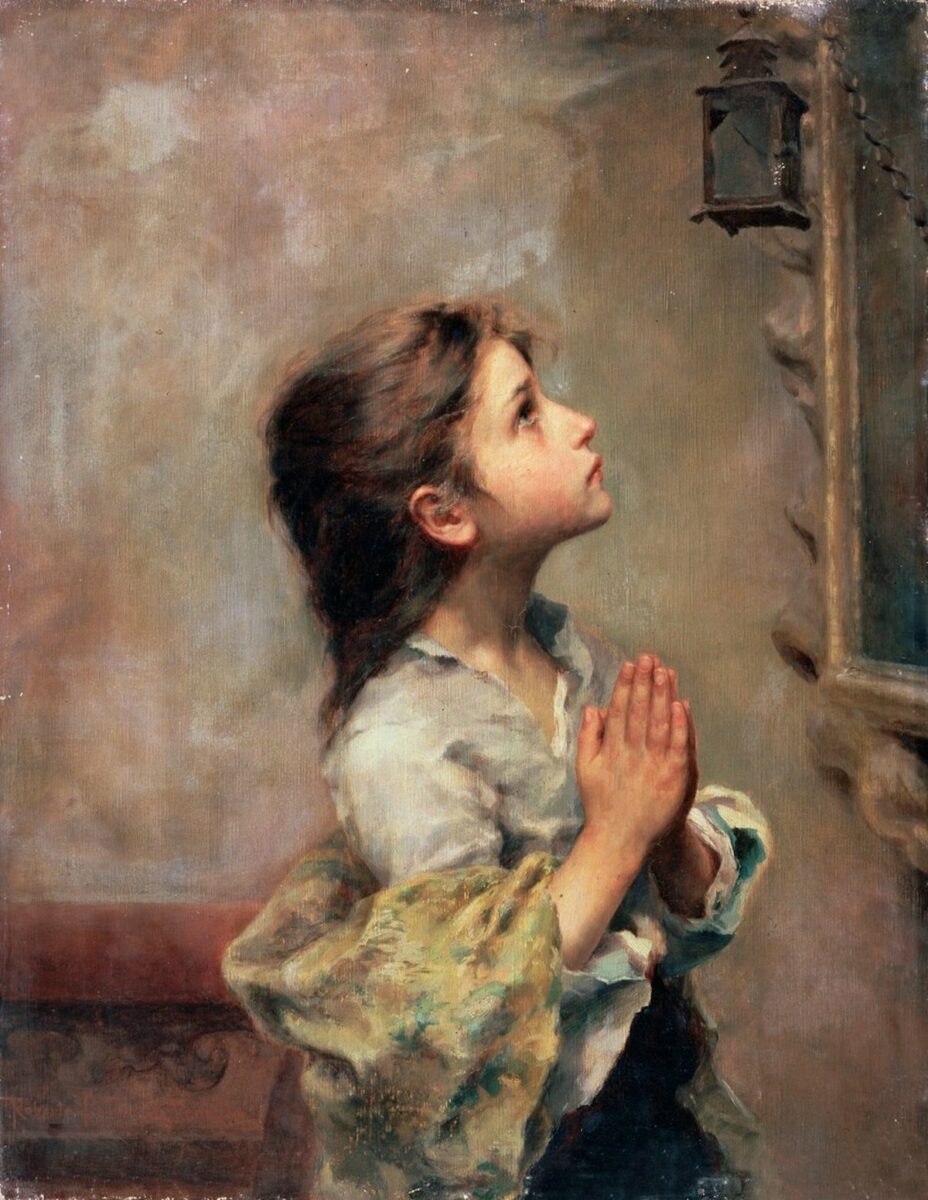
Resources for the Mother Teacher
- An Education in Wonder + Changes to our Homeschool
- What is an Education in Wonder? A Guide to the Poetic Mode
- Musical Education in the Classical Homeschool
- Fairytales, Fables, Legends, and Myths in a Catholic Education
- The Children’s Tradition” — Use code: JOYFULLYDOMESTIC for 10% OFF!
- Awakening a Sense of Wonder in the Mother Teacher
- “The Death of Christian Culture” by John Senior
- “The Restoration of Christian Culture” by John Senior
- “John Senior and the Restoration of Realism” by Fr. Francis Bethel
- “Tending the Heart of Virtue: How Classic Stories Awaken a Child’s Moral Imagination” by Vigen Guroian
- The Home Education Series by Charlotte Mason
I hope that you found this post helpful as you immerse yourself and your children into a life filled with awe and wonder.
By thoughtfully weaving together Charlotte Mason’s gentle structure and John Senior’s poetic vision, Catholic homeschoolers can cultivate homes filled with beauty, reverence, and joy.
Our ultimate goal is about creating a home where both the imagination and intellect are formed for Heaven.
What stands out to you from these ideas?
I hope that you found this post helpful. And I’d love to hear what resonates most! Tell me what you’d add to this list or share your thoughts with us in the comments section!

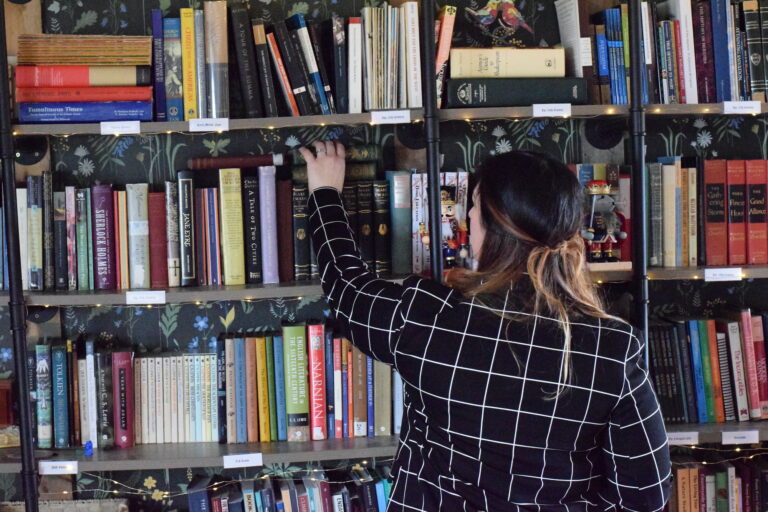
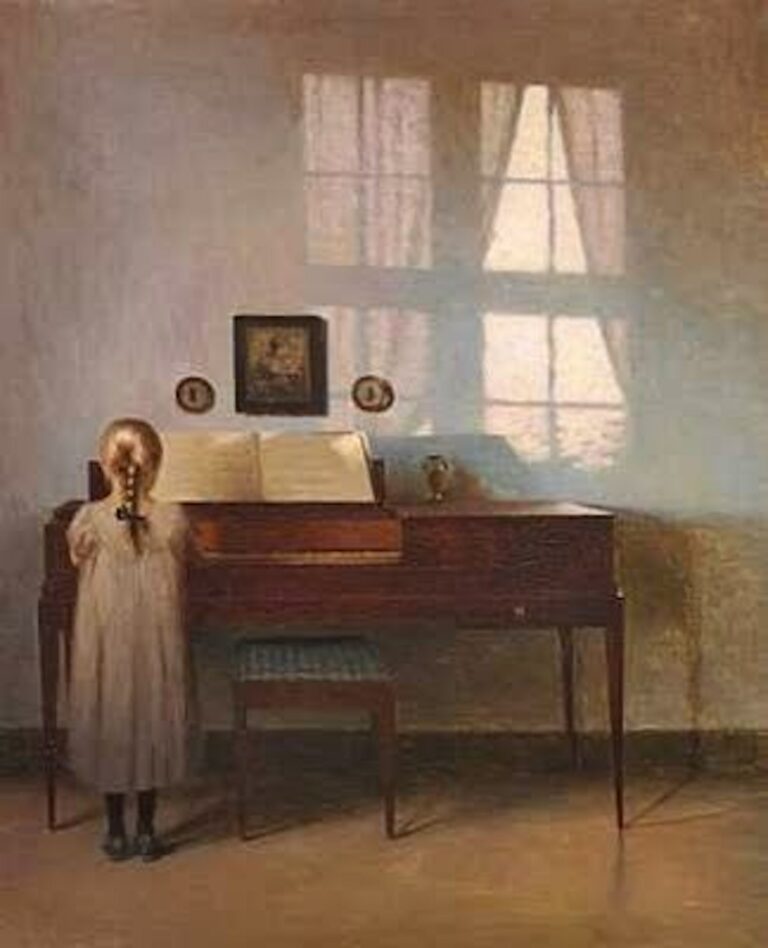
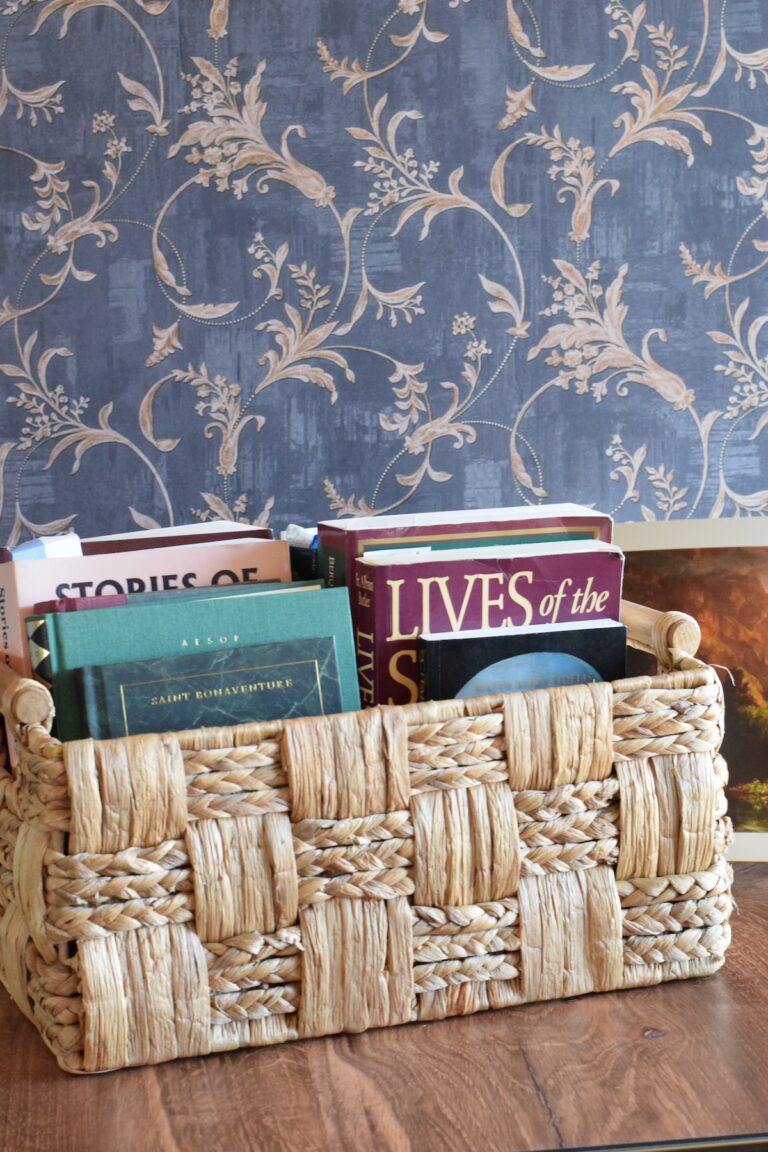

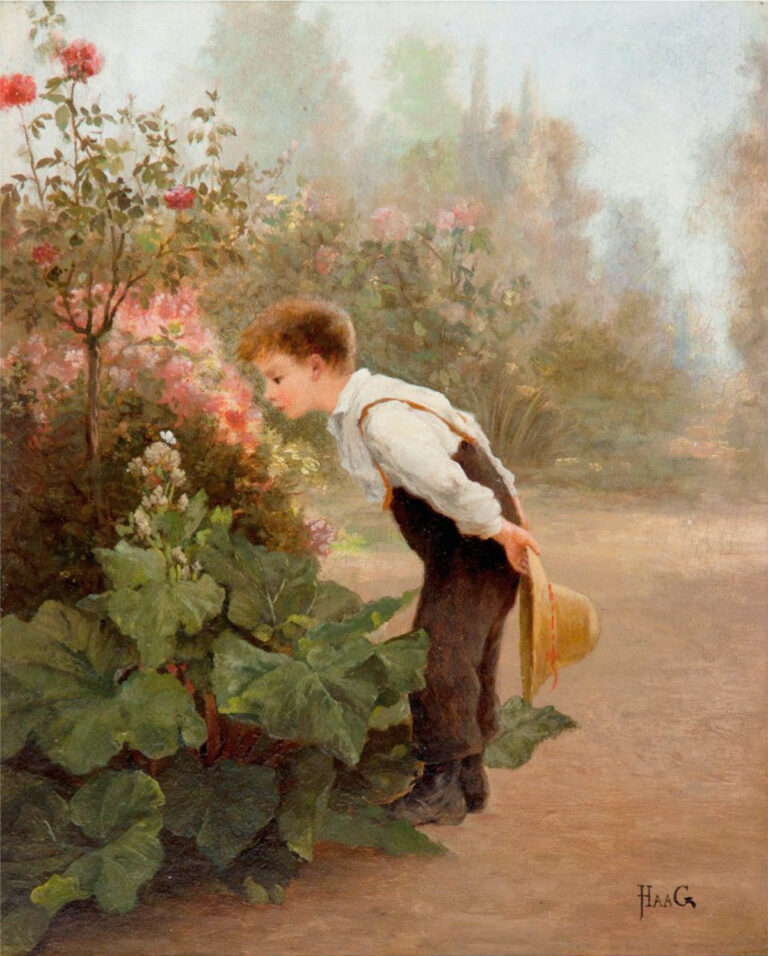
I really love the graphics you included here that show the differences and similarities b/w John Senior and CM. Lovely and clear!
Thank you, I hope that it was helpful! 🙂
I loved this post. Thank you for the ideas on how to combine the two. It was exactly what I was looking for at the moment! Your site here is such a great resource of thinking in a different way about homeschooling and mothering. I really appreciate all that you have written here.
I have been homeschooling for over 30 years already and I have another ten to go, at least, because we have 4 more children in school. 8 have already graduated and are married and leading their own lives. I have been married for 37 years and have loved every moment of my life to date!
I found out I have to keep learning about new things and not to let my homeschool mothering journey become stale because I am not retired as of yet with young children still in my home. Your site here has given me fresh air, so to speak, and I thank you for that with all my heart!
Thank you so much for your sweet, kind words, Christi! 🙂 I’m so glad that you’ve found the information and my musings helpful! I believe that mother-teachers should be continuing their education, too! It’s so good for our souls and makes us better educators for our sweet children.
God bless you!
-Mary
I enjoyed reading this post Mary – smiling all the while, that there is a like-minded mother-tutor on the other side of the pond.
I always tell my friends that CM was good preparation for JS | TCT and that it is possible to bring both together harmoniously. Then, when you add in our holy Catholic faith and tradition – BOOM!
Yes, absolutely! All of it leads to such a beautiful way of life! 🙂
Thank you so much for all of this information and the beautiful way you present it! I am captivated in the best way. I am just starting my homeschooling journey with my 5, 6, and 12 year old daughters and the vision I have for it is clear to me but, the “how” was feeling heavy. I am Catholic, but I love CM and I had never even heard of John Senior. Wow, you’ve given me so much to reflect on.
Oh, I’m so glad to hear! Hope that you have a successful homeschool year ahead. 🙂